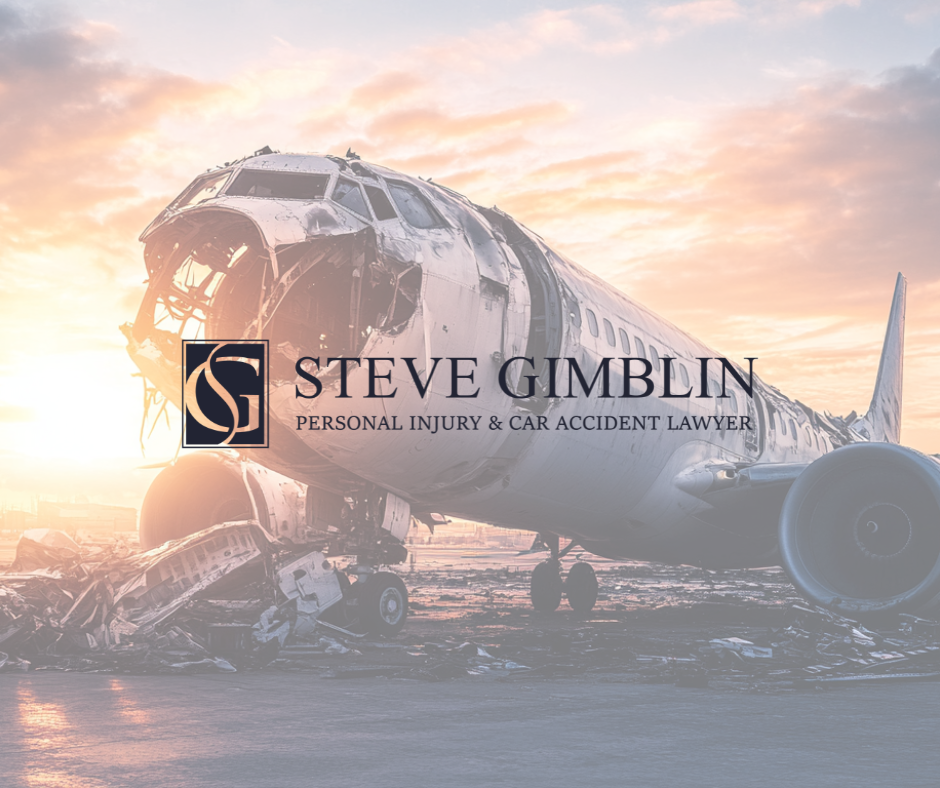What Are Some Common Types of Aviation Accidents Exactly?
Airplanes and helicopters are incredibly complex pieces of machinery. As a result, they can encounter malfunctions resulting from a wide range of internal and external factors, including the following:
Bird Strikes
Bird strikes can disable engines and obscure a pilot’s visibility. These incidents can happen during takeoff or landing, and can be more common in rural areas like Oroville.
Defective Equipment/Machinery
Problems with the aircraft or some of its support systems can also lead to accidents and issues involving complex product liability litigation.
Unsafe Weather Conditions
Inclement weather, such as high winds, lightning, or fog, can lead to a loss of visibility or turbulence-related injuries. In-flight injuries are not usually as serious as those caused by a crash or rough landing, but they can still impact your quality of life by way of pain and suffering.
Air Traffic Controller Error
Miscommunications between pilots and air traffic controllers can lead to midair collisions or rough landings. In these scenarios, liability may fall on federal agencies, airports, or individual personnel, making the process of seeking compensation complicated.
Maintenance Engineer Negligence
When aviation maintenance personnel cut corners on repairs or safety checks, the results can be fatal. They must adhere to the latest standards regarding safety inspections and should complete all repairs in accordance with established best practices.
Negligent Hiring
When an airline or charter company fails to thoroughly vet its pilots, crew members, or maintenance staff, it may be held liable for any resulting harm.
Lack of Proper Training/Supervision
Inadequate training and support for pilots and other staff members increases the likelihood of human error during critical phases of flight.
However, proving that a pilot’s lack of supervision or training caused an accident can be challenging. You’ll need an Oroville aviation accident lawyer who can track down training records and bring in subject matter experts to demonstrate the other party’s negligence.





